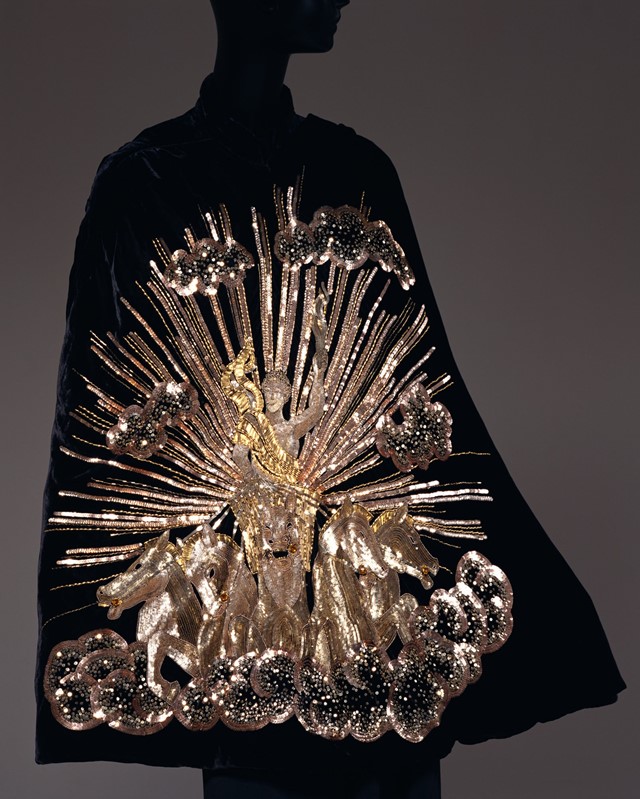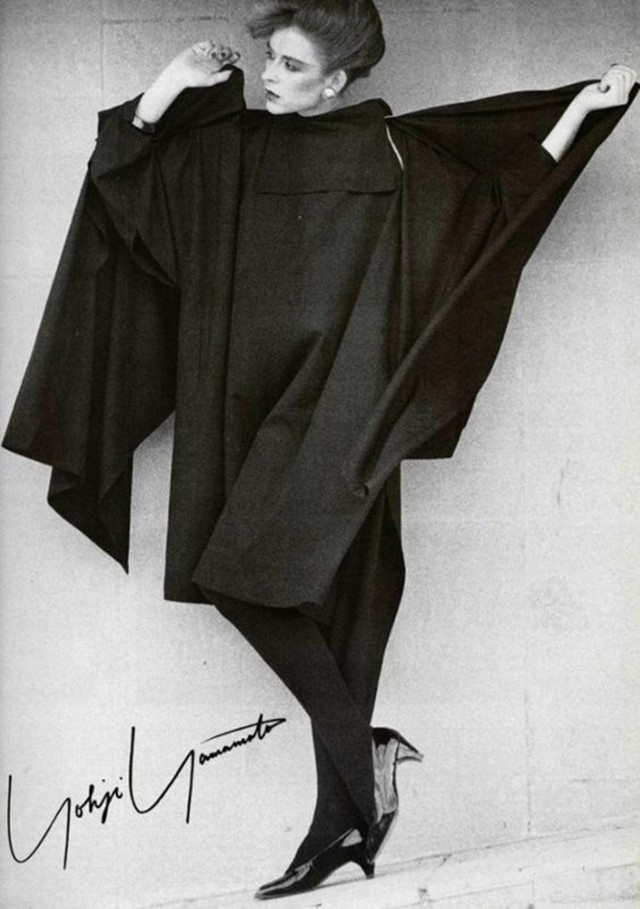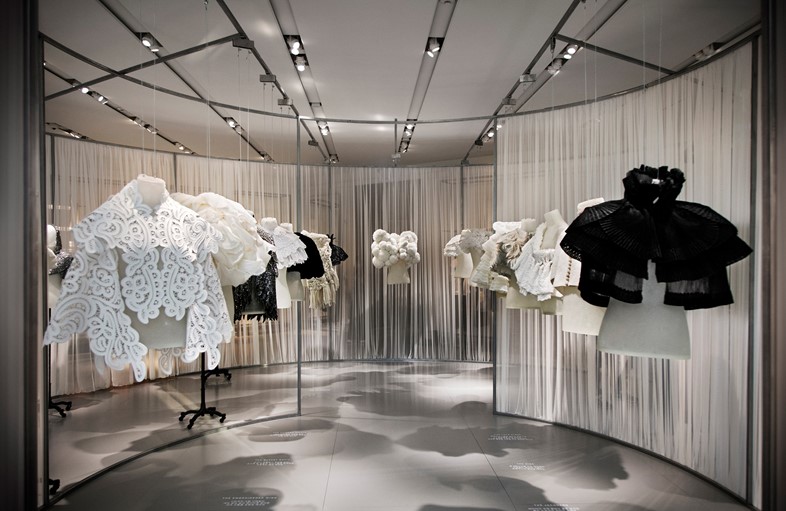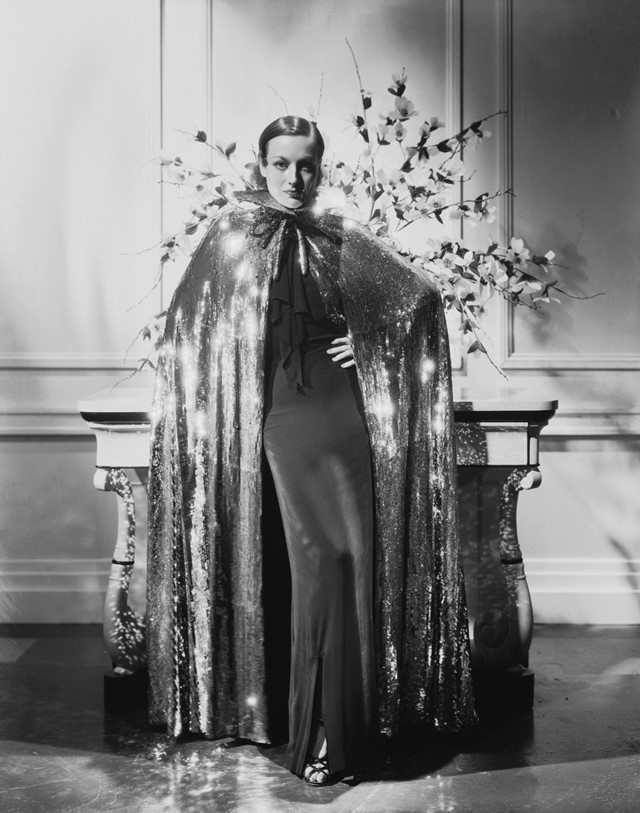As Burberry’s new travelling exhibition of couture capes turns the spotlight on an unlikely fashion hero, we take the opportunity to explore its storied sartorial history
Let’s be honest: the cape is not a piece of outerwear that one would normally reach for when considering what to put on in the morning. Long associated with swashbuckling crusaders and comic book daredevils alike (and let’s not forget that Scottish Widows advert) draping a piece of swoosh-worthy fabric over your shoulders can sometimes seem feel a little theatrical for everyday purposes. However, we shouldn’t forget that theatrics are an inherent part of fashion’s dramatic repertoire and perhaps we should reconsider the cape, outside of the parameters of Whitby Goth Festival.
On March 15, Burberry opened a travelling exhibition of 78 couture capes that put the spotlight on an underrated piece of outerwear that possesses a storied sartorial history. In light of this, we decided to examine this history in brief, from the 1920s to present day. If it’s good enough for Joan Crawford, it’s certainly good enough for us.

Surreal Beginnings
In 1926, during the midst of the surrealist art movement, Jeanne Lanvin created a cape shaped like an egg – crafted in black velvet, trimmed with white fur and embroidered with pink and silver beads – in keeping with the era’s avant-garde sensibility. Lanvin wasn’t the only French fashion house to embrace the cape, however; in 1933 Madeleine Vionnet created a woollen jersey dress with a matching cape that was slightly more grounded in style. Italian designer Elsa Schiaparelli followed suit, also employing the cape in her work: for her 1938s Astrologie collection, she produced a red satin cape with a sun embroidered on the back and a transparent glass cape, made from Colcombet Synthetic Rhodophane, a new material that was shockingly outré for the time. Golden era Hollywood actresses also favoured the style, in keeping with their penchant for drama, with costume designer Gilbert Adrian designing a made-to-measure, sequinned cape for Joan Crawford.

Contemporary Design
In the 1970s Yves Saint Laurent cast a bespectacled eye to Morocco for inspiration, producing hooded capes which were elaborately adorned to match his famous home in Marrakesh. It wasn’t until the beginning of the 1980s, however, that capes really came into their own, featured in collections from the most revered designers hailing from Japan; namely label Comme des Garçons and Yohji Yamamoto’s name sake brand. In the 1990s the cape fell out of favour, and has appeared in high fashion during intervals that are few and far between ever since. The theatrics of the cape were of course favoured by the likes of John Galliano, Jean Paul Gaultier and Alexander McQueen, the latter designing an embroidered cape for his S/S10 show Plato’s Atlantis – the last ever collection he would produce before his untimely death.

The Cape Reimagined
The Burberry cape possesses a rich heritage dating back to the 19th century, and much like the brand’s trench coat was introduced to protect the wearer from adverse weather conditions. But for their February 2017 couture collection the house crafted 78 handmade capes, inspired by the rounded forms of Henry Moore’s sculptures. “We looked at the contradictions in Moore’s work, between power and gentleness, heaviness and lightness, familiarity and abstraction. Between the hardness of his materials and the fluidity of his forms,” said Christopher Bailey of his intentions. The collection featured capes made from silver feathers, metallic leather, plastic ruffles, stiff lace, glittering bits of chandelier and even magnifying glasses, which now form a part of a travelling exhibition – and all are available to buy. It’s safe to say we’re sold.
The Cape Reimagined runs from March 15 in Seoul, Paris, Tokyo and Los Angeles.
